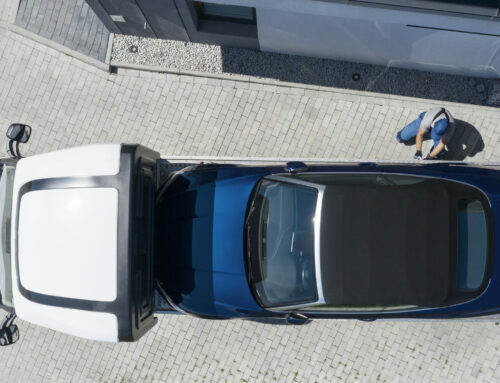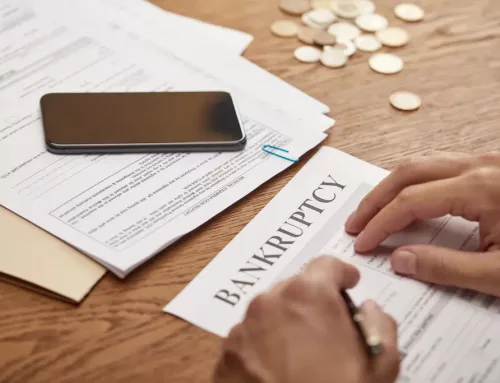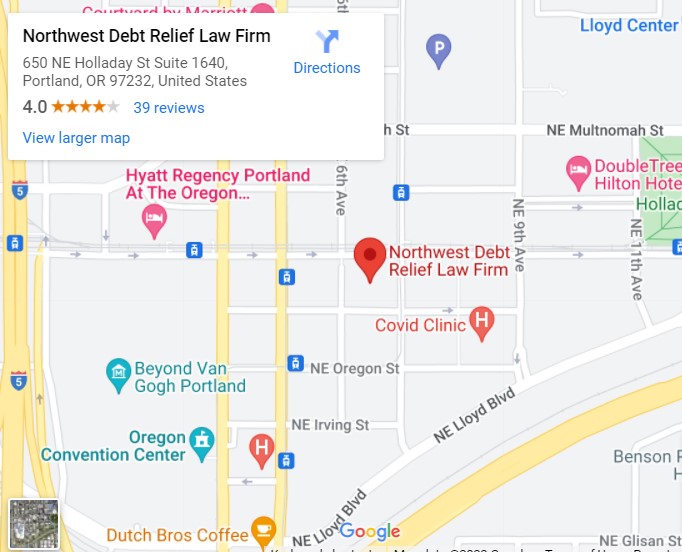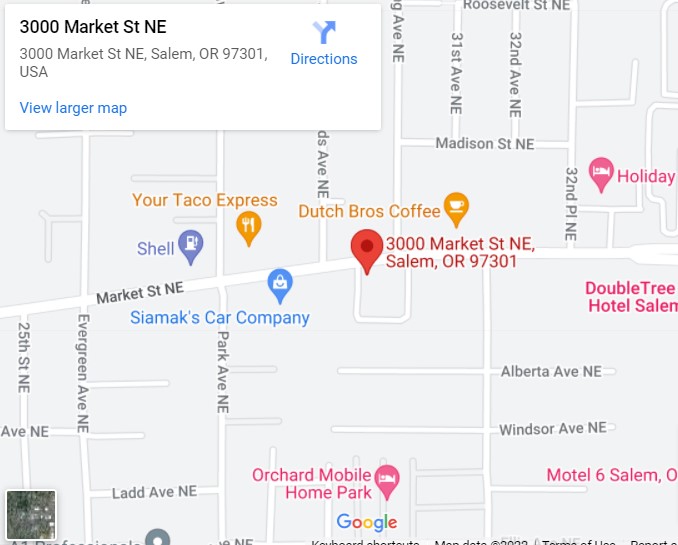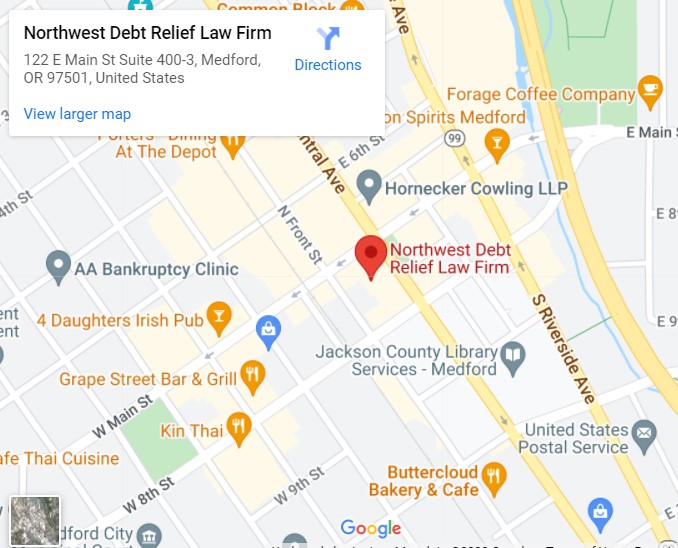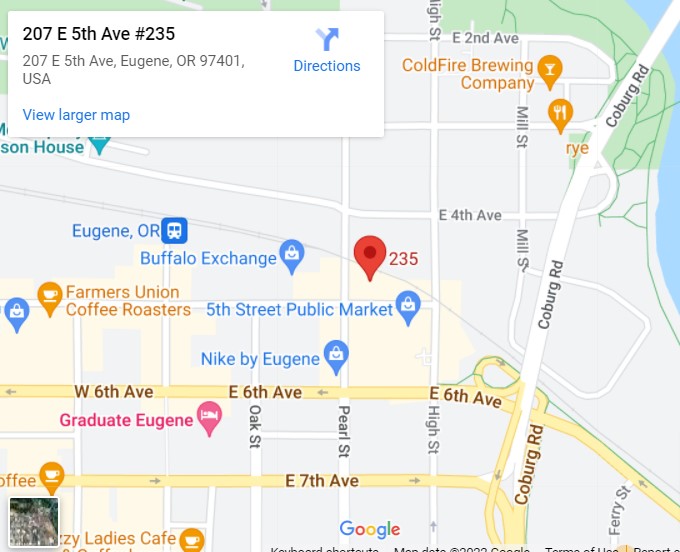Deciding to file for bankruptcy is one thing, but knowing which types of bankruptcies to file is another. Individuals who are struggling with debt can avail of the different types of bankruptcies to eliminate or restructure their debts, but it’s important to know how your circumstances affect your bankruptcy filing. This article discusses the requirements for eligibility and advantages of the two types of consumer bankruptcy: Chapter 7 bankruptcy and Chapter 13 bankruptcy.
Chapter 13 Bankruptcy
A Chapter 13 or wage earner’s bankruptcy is a type of consumer bankruptcy where the debtors reorganize a portion of what is owed into a debt repayment plan. In a Chapter 13 bankruptcy filing, you’ll be making payments to creditors for three to five years to pay off your debts. Upon completion of the plan, you’ll receive a bankruptcy discharge and will be released from personal liability for the discharged debt.
Eligibility
A petitioner qualifies for Chapter 13 bankruptcy if:
- They have enough disposable income besides their monthly payments; and
- Their debts don’t exceed the debt limits for secured debts and unsecured debts.
Consult with a bankruptcy lawyer to know which of your debts count towards the debt limit and whether you are eligible to file for bankruptcy Chapter 13.
Additionally, you can’t file Chapter 13 if you’ve received a Chapter 7 discharge in the last four years, or a Chapter 13 discharge in the last two years.
Advantages
 Filing bankruptcy of this type can help a debtor catch up on past-due car loans and mortgage payments to stop foreclosure and repossession. Most petitioners filing for bankruptcy Chapter 13 do so to keep their home and car in bankruptcy.
Filing bankruptcy of this type can help a debtor catch up on past-due car loans and mortgage payments to stop foreclosure and repossession. Most petitioners filing for bankruptcy Chapter 13 do so to keep their home and car in bankruptcy.
Besides, the amount you’ll need to repay depends on your monthly income, your living expenses, and the value of your nonexempt property. This helps ensure that your debt-repayment plan is feasible for you.
Chapter 7 Bankruptcy
A Chapter 7 bankruptcy, also known as straight or liquidation bankruptcy, the debtor gets their debts wiped out without needing to have a payment plan, in exchange for liquidating their assets and nonexempt property. However, you’ll be allowed to keep what you need to work and maintain a standard of living.
Eligibility
To be eligible to file bankruptcy Chapter 7, you’ll need to pass a means test, which compares your disposable income to the state median income levels for your household size. If yours is above the median, you won’t be qualified to declare bankruptcy under Chapter 7.
There are limits to how often you can file and declare Chapter 7 bankruptcy. You can’t file successive Chapter 7 bankruptcies within eight years. You also won’t be able to receive a Chapter 7 discharge if you’ve previously wiped your debts with Chapter 13 bankruptcy in the past six years unless you’ve completed your repayment plan.
Advantages
The primary advantage of Chapter 7 bankruptcy filings is that it can wipe most consumer debts and takes around six months to complete the bankruptcy process. This proves helpful for borrowers who have limited income and can’t repay their lenders.
Non-dischargeable Debt
Some loans or debts are considered non-dischargeable and can’t be eliminated through bankruptcy. These include alimony, child support, tax debts, student loans, and other court-ordered payments.
Are you considering filing for bankruptcy? Getting bankruptcy help from a legal professional is a smart move.
If you’re thinking of declaring bankruptcy, make sure you have all the bankruptcy information you need to make an informed decision. It may be cheaper to DIY your bankruptcy petition but there is a risk of having your bankruptcy filing dismissal if there is an oversight in the bankruptcy forms. Call Northwest Debt Relief Law Firm and schedule a free consultation with our experienced bankruptcy attorneys to discuss your debt relief options today.

